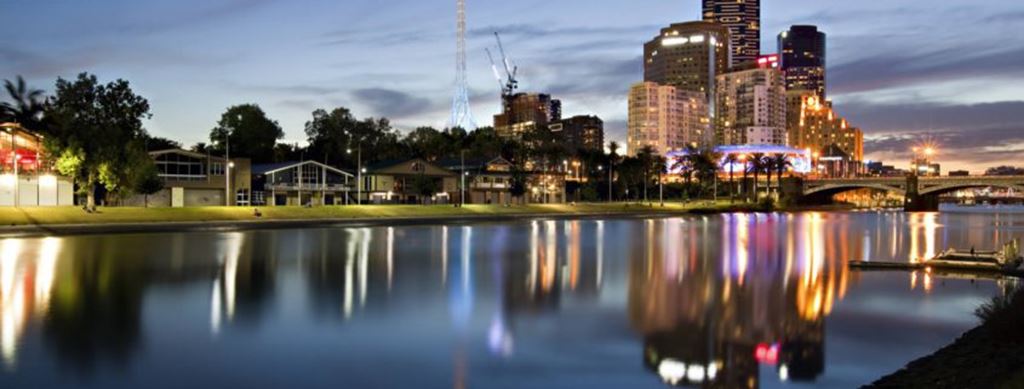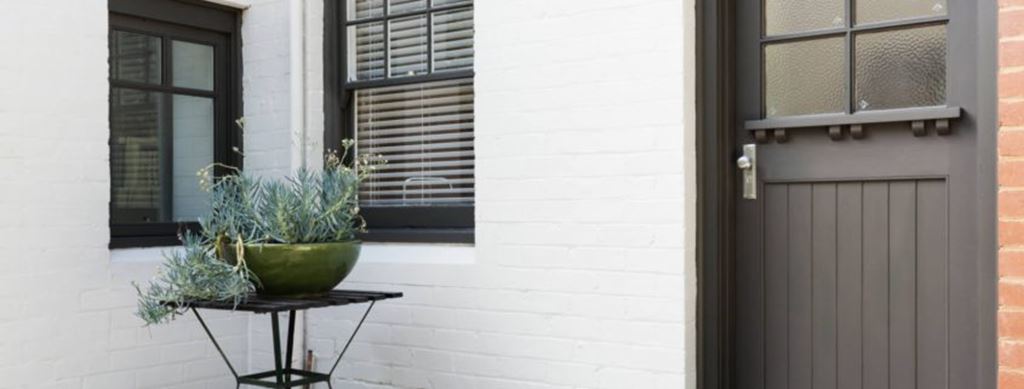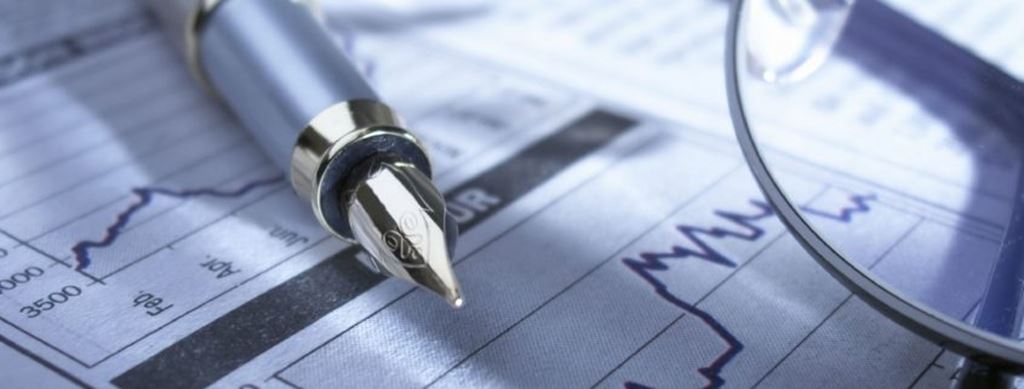First Point Group always work to find the best possible outcome for our clients. In this case study, Kate had a $300,000 fixed rate home loan, and a $400,000 variable home loan ($700,000 total).
Kate sold her home, but had not yet found a new property to buy. She was happy to rent for a little while, and the sale amount was sufficient to repay all debts.
In most cases, a variable rate loan can be repaid without any significant fees or penalties. The key issue for Kate is that repaying / closing a fixed rate loan can be extremely expensive due to Lender “break costs”.
The break cost associated with a fixed rate loan is essentially the Lender’s way of passing their “future losses” onto you if you break the fixed rate contract early.
In this case study, Kate’s fixed rate still had 2 years left to run, and since interest rates had fallen since the loan was taken out, the Lender was set to effectively lose X% interest for those remaining 2 years. That cost would normally be passed onto the Borrower if/when the loan is paid out. In this case the amount was just over $8,000.
Therefore it was imperative that we find a way to enable Kate to sell the property BUT keep the fixed rate loan open, to avoid that break cost.
Despite Kate’s lender not being a regular “big 4 bank” or even a deposit taking bank, First Point Group were able to negotiate for Kate to offer $300,000 of the “cash” from the property sale to secure the fixed loan for a short period of time until her next property purchase occurs.
As a result, the fixed rate loan remains open, and Kate did not have to pay the $8,000 break fee.
When Kate purchases her new property, the $300,000 cash will be released and put towards the purchase. At the same time, the new property will become the security against the $300,000 fixed rate loan.







